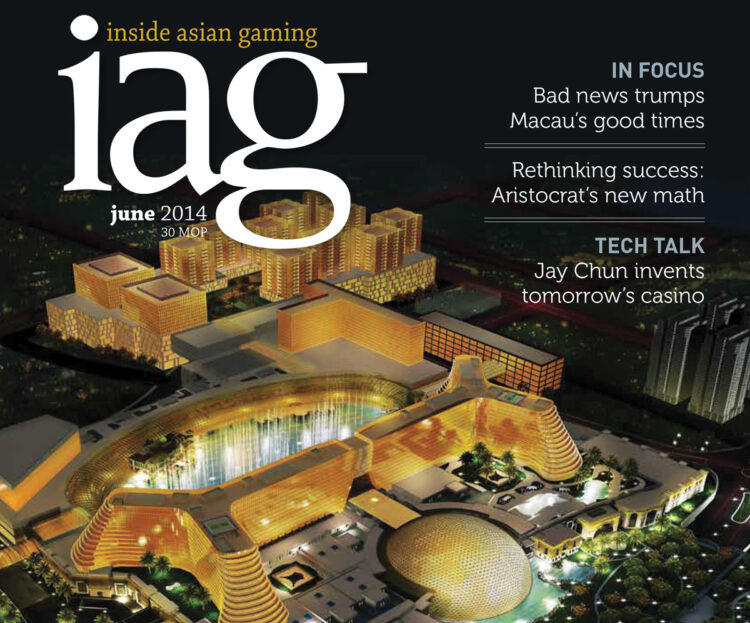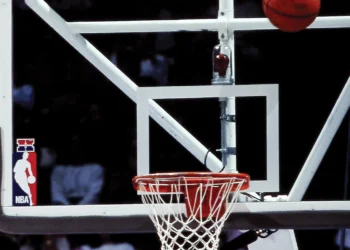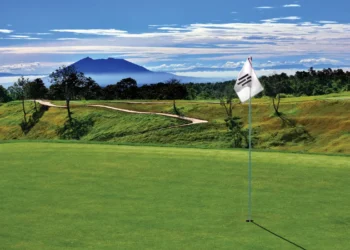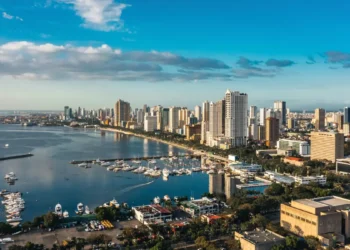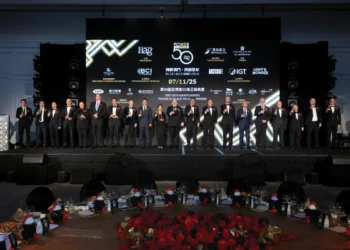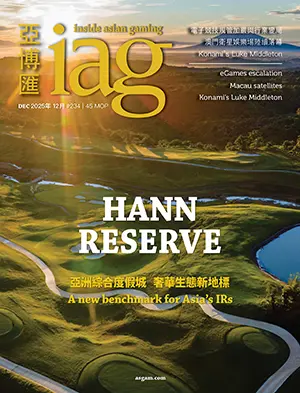In this regular feature in IAG to celebrate 18 years covering the Asian gaming and leisure industry, we look back at our cover story from exactly 10 years ago, “I’ll take Manila”, to rediscover what was making the news in June 2014!
Undoubtedly the most enjoyable upshot of our regular “10 Years Ago” series is the opportunity to look at what the industry was forecasting a decade back and to compare those expectations with how scenarios played out in reality. And that’s especially true in the case of the Philippines, which in 2014 was still a fledgling casino market and for which many questions remained unanswered.
 In IAG’s June 2014 cover story, we sat down with Matt Hurst – the former Macau gaming executive who was at that time EVP – Casino Operations and Marketing for Tiger Resort, Leisure and Entertainment Inc, the company developing Okada Manila (or Manila Bay Resort as it was known back then).
In IAG’s June 2014 cover story, we sat down with Matt Hurst – the former Macau gaming executive who was at that time EVP – Casino Operations and Marketing for Tiger Resort, Leisure and Entertainment Inc, the company developing Okada Manila (or Manila Bay Resort as it was known back then).
In a lengthy interview, Hurst outlined the company’s plans for the new Manila integrated resort and his thoughts on the broader Philippines market, explaining that the property planned to shift its focus away from a pure Chinese play in terms of international appeal and broaden its focus to include the rest of Asia, particularly Korea, Japan, Taiwan, Singapore, Malaysia, Thailand and Indonesia – a seemingly wise move in hindsight.
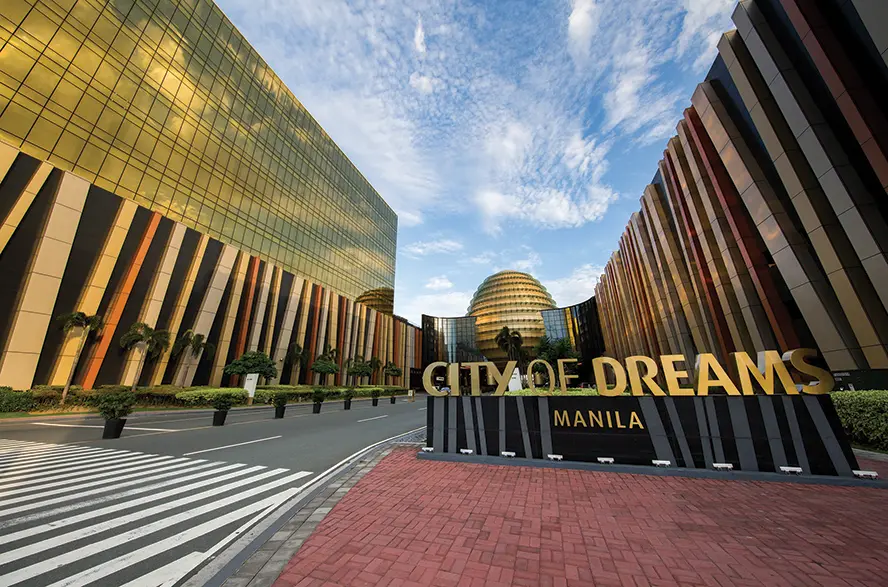
Customer mix, he explained, was expected to see 90% of the customers be locals, but generating only 25% of revenue, with the 10% representation from international customers generating 75% of the revenue. Time has taught us that the Philippines enjoys a much larger contribution from the domestic market, while the revenue mix tends to be roughly a third from slots, a third from mass tables and a third from VIP, broadly speaking.
Hurst did, however, recognize the role of junkets, even if the specific role of Chinese-facing junkets has lessened in recent years in favor of those targeting markets such as South Korea and Thailand.
“I think with the junkets, the relationship is key,” he told IAG back in 2014, which was, as it turned out, still some two-and-a-half years before Okada Manila finally opened its doors in December 2016.
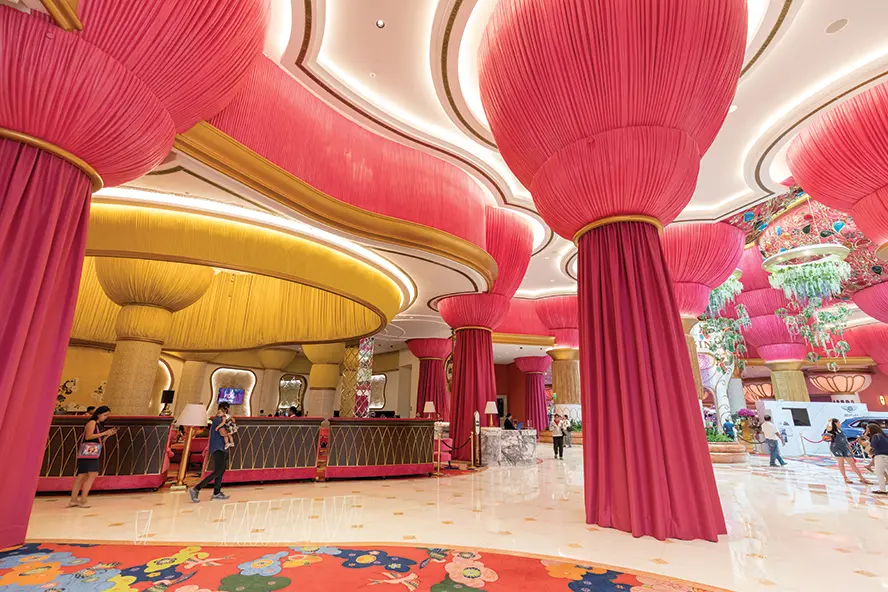 “The other stuff is going to fall into place. We’ve got 15% tax on junket tables. Now it’s 5%, but you pay the corporate tax, it works out the same. Macau is 39%, so we’re going to be able to offer better programs than you can in Macau.
“The other stuff is going to fall into place. We’ve got 15% tax on junket tables. Now it’s 5%, but you pay the corporate tax, it works out the same. Macau is 39%, so we’re going to be able to offer better programs than you can in Macau.
“When the road infrastructure is completed, which is going to be before we open, it’s going to be fine. The big thing is, I expect when Lawrence Ho opens his doors in Manila (City of Dreams Manila opened in late 2014), he’s the son of Doctor [Stanley] Ho, who’s a legend in China, I think that’s going to change perceptions a little bit too and people are going to go, ‘Hey, that’s a little more mainstream than I thought it was.’ So I think the junkets are going to treat it a little more seriously.”
Hurst was on the money when discussing perceptions of the Philippines, for many years considered unsafe by many Asian-based tourists but having worked hard to turn that perception around over the past decade.
“I think more and more people are discovering [the Philippines] throughout Southeast Asia,” Hurst explained. “Tourism is on the up and up.
“They’ve got challenges. The airport’s not a great experience, the roads aren’t great. But they’re working on those things. So, by the time we open, I think we’ll be well-positioned. The Philippines in terms of a true destination has a reputation for having beautiful beaches and friendly people. Probably not for great cuisine or fantastic entertainment shows or top-end hotels, but that’s all going to change. I think that as that changes everyone’s perception of the Philippines as a destination also is going to change greatly for the positive.”
On appealing to the domestic Philippines market, Hurst provided some interesting insights at a time when market rival Solaire, which itself had only opened its doors a year earlier, was experiencing some early ups and downs.
“Everyone always doubted the locals market in terms of supporting two properties,” he said, pointing to the coexistence of Solaire and Resorts World Manila (now Newport World Resorts).
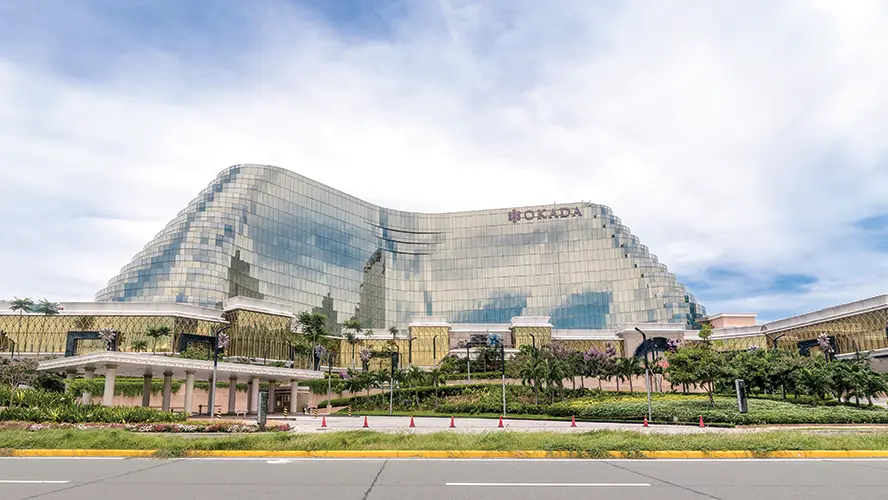
“I don’t think it’s limitless, but the infrastructure’s going to geographically grow the market substantially; and when Entertainment City gets some momentum after City of Dreams opens, and then we open, there are three properties within rough proximity. People from Davao and the outer islands and places like that, they’re going to be making trips a lot more regularly, because there’s a lot more fun here. How big is the domestic market?
“It won’t keep growing in a linear fashion with supply, I don’t think. Things are going to get very competitive. [But again], when the infrastructure improves I think the domestic market will be bigger and bigger as well. The numbers at Solaire have been encouraging. They’ve slowly built up. Slots look really good. Their slots are competing with Resorts World now. It’s taken a while. But they’re pretty much neck and neck.”
A decade on from those comments and the dust has now settled on Manila’s integrated resort offerings, revealing a complex battleground for the four existing operators. According to PAGCOR figures, Solaire continues to lead the Entertainment City casino market with 35.6% market share in 2023, followed by Okada Manila with 25.9%, Newport World Resorts with 20% and City of Dreams Manila with 18.5%.
As for Hurst, he departed TRLEI in July 2016, shortly before Okada Manila’s December launch.






